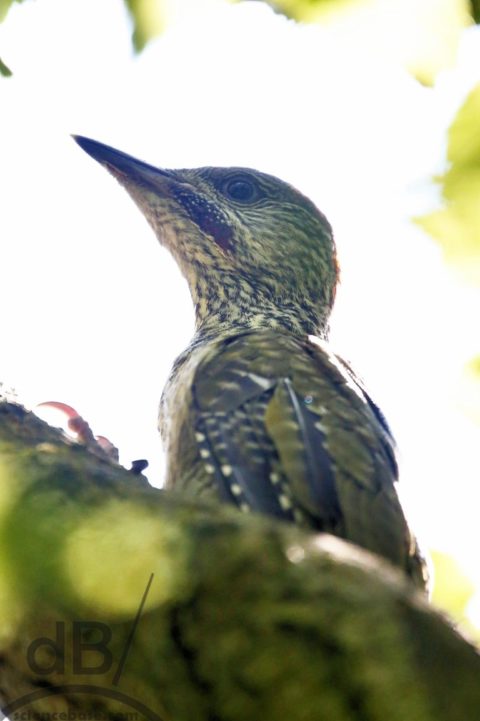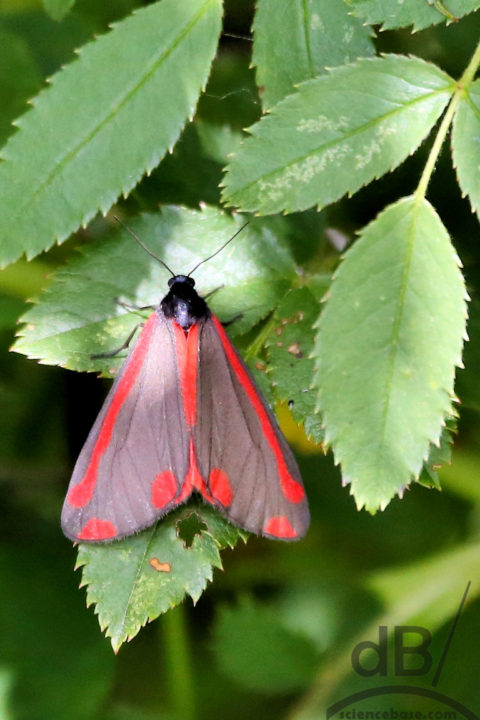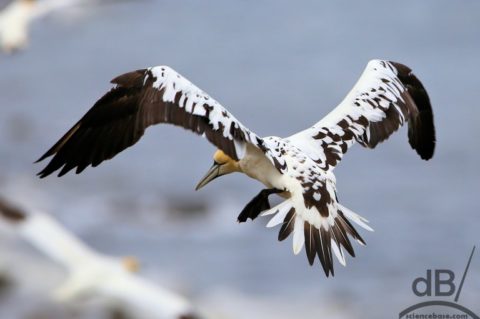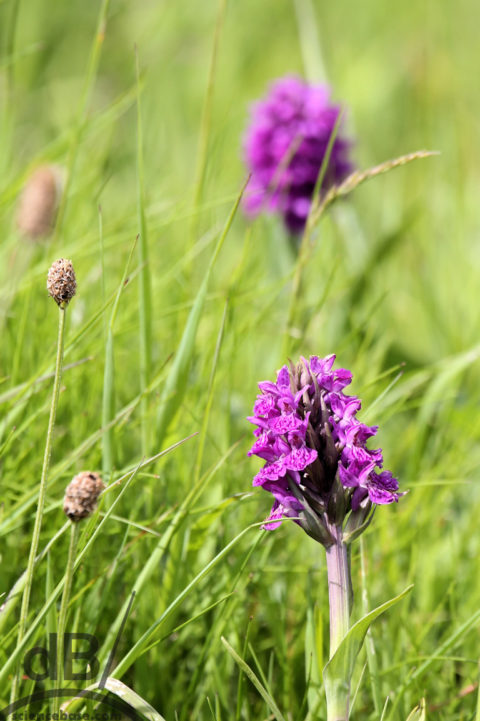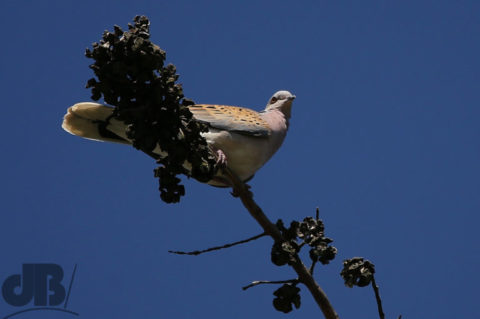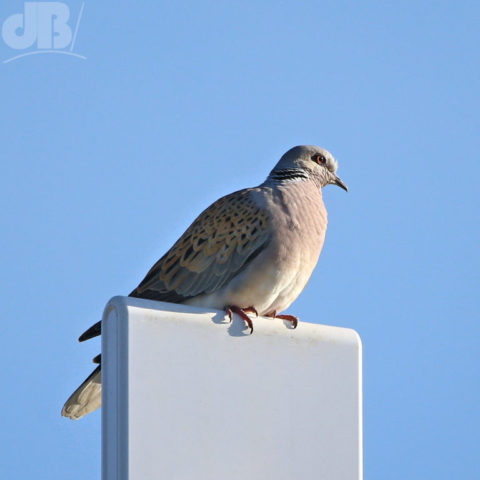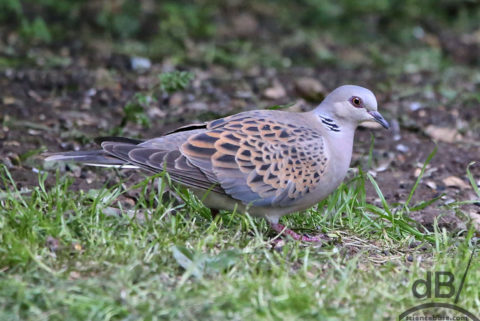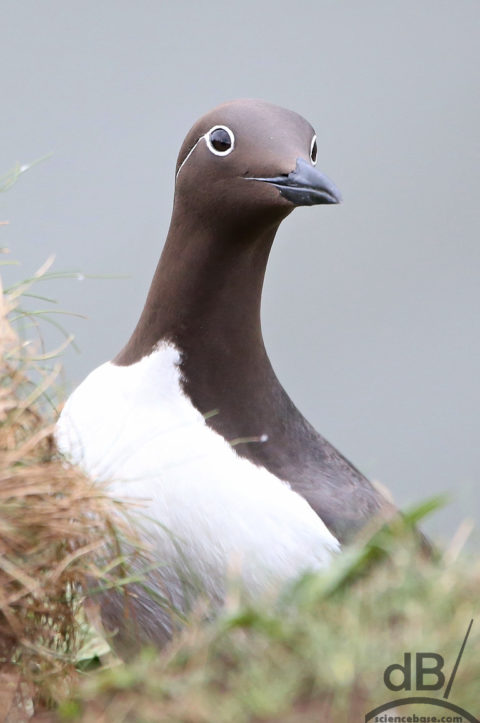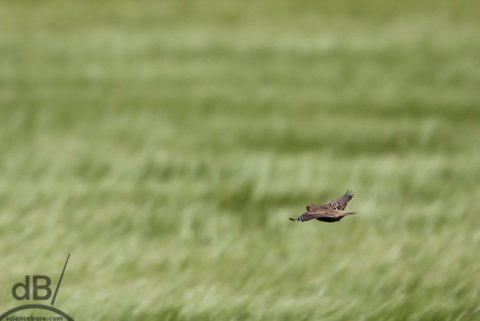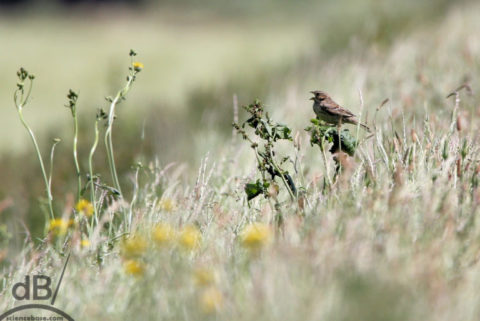Back at the end of February I spotted a woodpecker high in a tree in our local woodland; great spotted woodpecker (Dendrocopos major). Of course, for me, woodpeckers are more often heard and not seen, the headbanging of this species and the mocking laughter of the green woodpecker or yaffle (Picus viridis). As the weeks went by there was more mocking laughter in the woods as if the yaffles were scoffing at the fact that I couldn’t get a shot at them. I caught one in flight elsewhere, but then gave up on trying to get a photo of greens having spotted a GSWP heading in and out of a high hole in a tree.
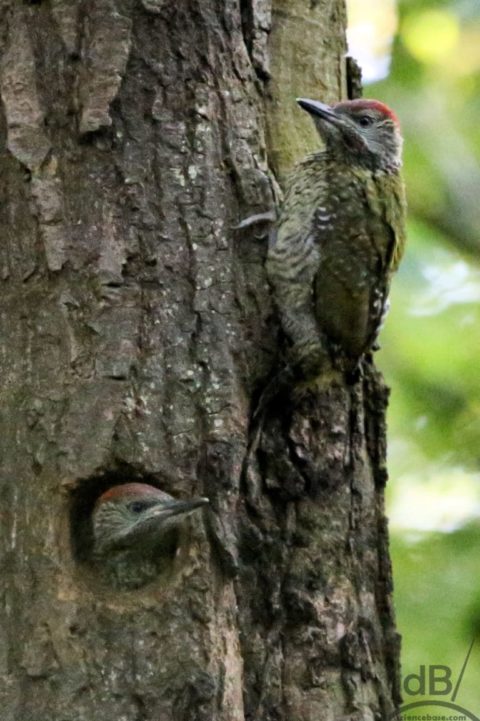
Eventually, I saw a chick, saw it grow, saw both parents (Dad with his red nape, Mother with her completely black and white upper body). Coming and going, bring caterpillars and beetles and taking away faecal sacs. Seems there was only one chick to nurture, whereas there are, it seems, usually half a dozen. Anyway, when it fledged, I missed the departure, but did see what looked like a mini-me GSWP a few days later. That was the end of May.
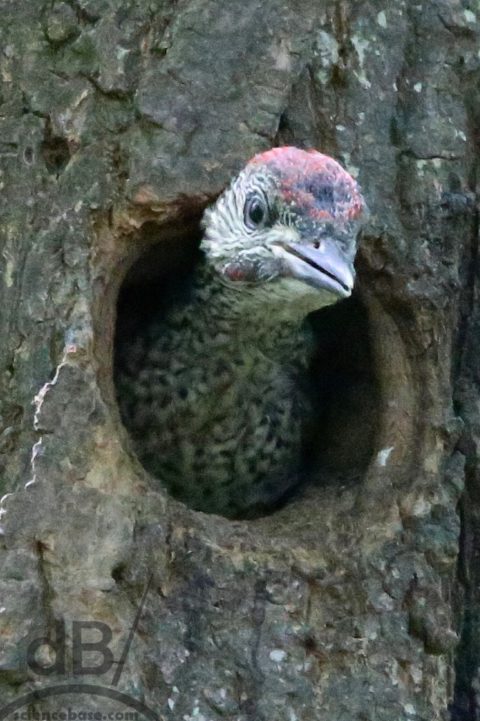
Now, a few weeks later, there’s a lot of noise in a different part of the woodland, holes in trees and the occasional sighting of a green woodpecker chick, and another out of the hole, and then the next morning three or four calling in yet another location. No adults seem to be around, although the books say they do continue to feed them for a couple of weeks after fledging. It’s intriguing. Where are the adults? Do they simply stay away until humans and canines are gone, but if they’re so shy, why do the chicks make such a lot of noise and remain fairly obvious in some of the trees?
